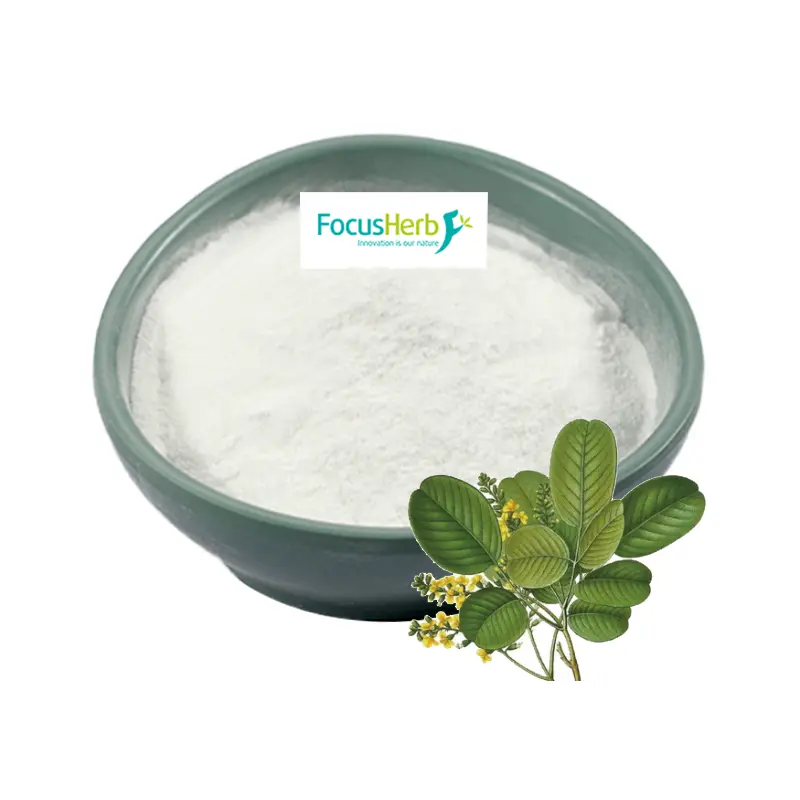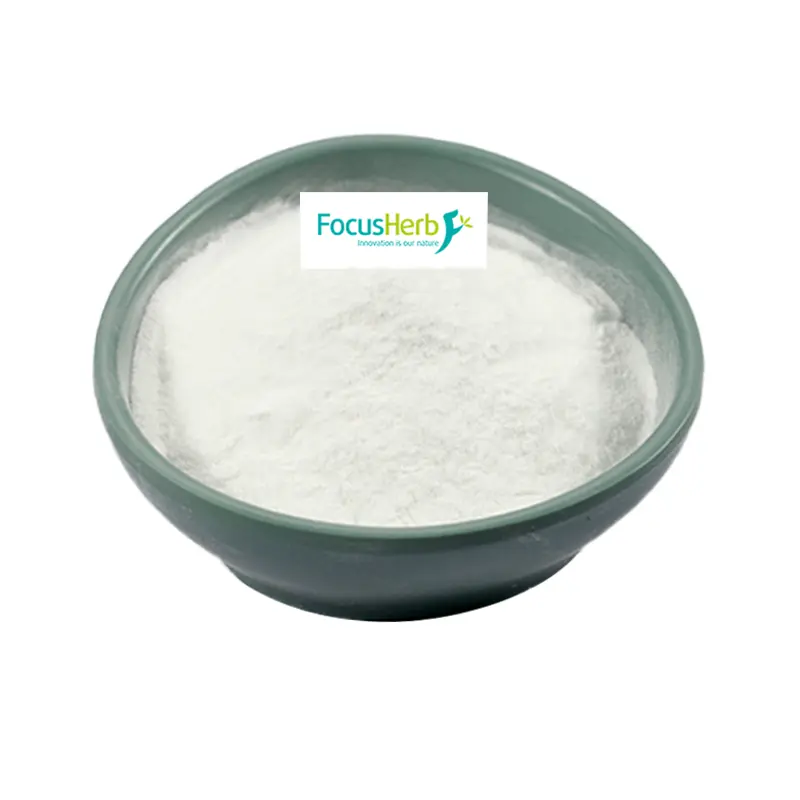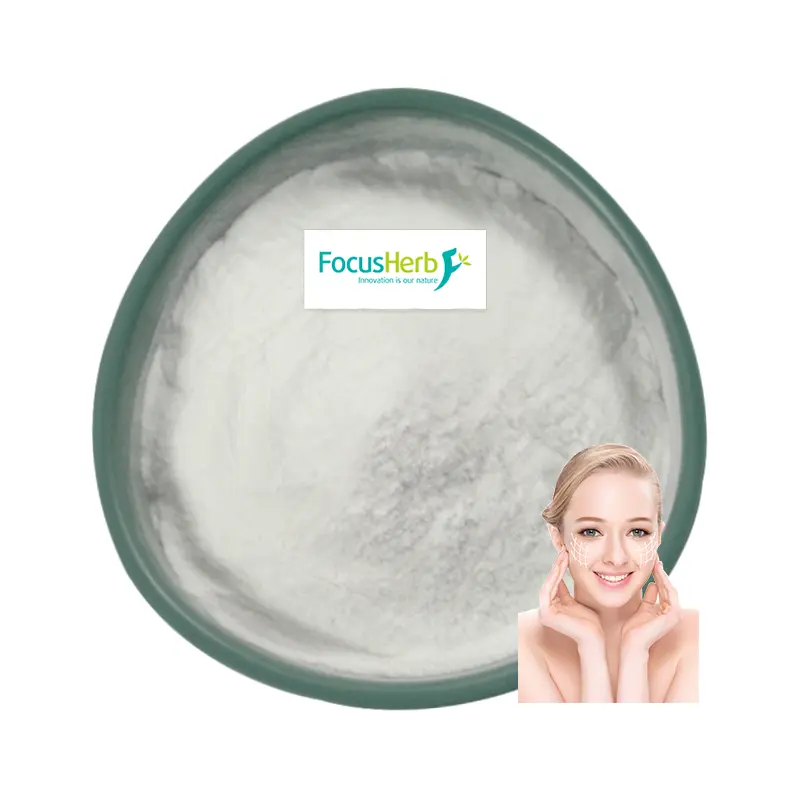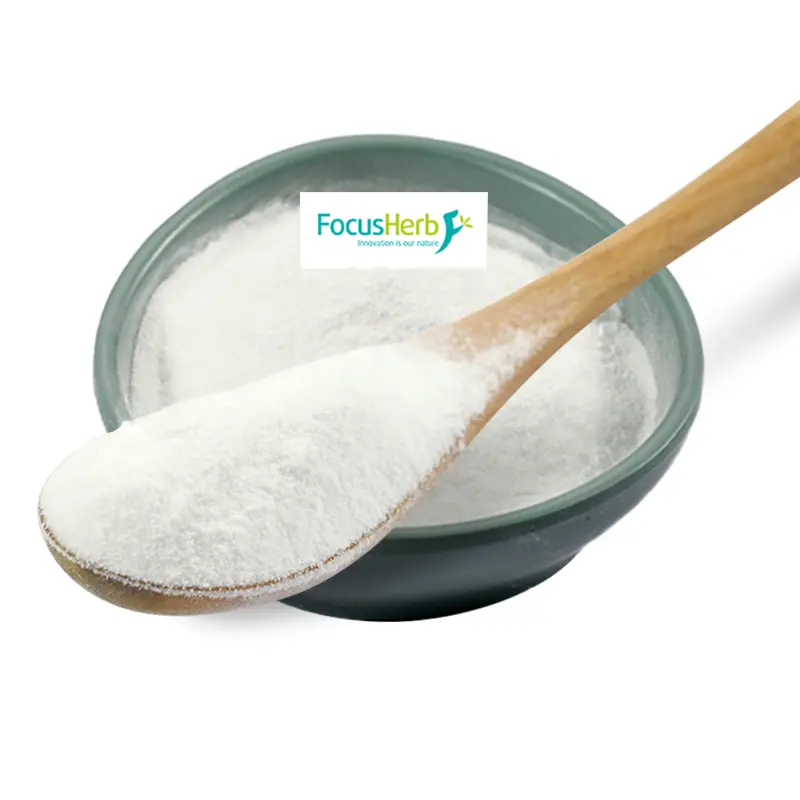As a natural compound with strong biological activity, Dihydroquercetin has shown unique potential in the field of anti-aging. It starts from multiple key links and provides all-round protection for cells.
(I) Super Antioxidant: A Free Radical Scavenging System that Attacks the Source of Aging
Free radicals, one of the main culprits of aging, are continuously produced in our bodies. Metabolism, exposure to ultraviolet light, and environmental pollution all contribute to the production of reactive oxygen species (ROS), such as superoxide anions and hydroxyl radicals. These extremely active free radicals, like rampaging “little monsters,” steal electrons from biomolecules within cells, such as DNA, proteins, and lipids, causing damage to cellular structure and function. For example, free radicals attacking DNA can cause gene mutations and disrupt normal cellular activity. Attacking lipids in cell membranes can trigger lipid peroxidation, disrupting membrane integrity and allowing cellular contents to leak.
Dihydroquercetin, a natural flavonoid, is a powerful antioxidant. The multiple phenolic hydroxyl groups in its molecular structure serve as a potent weapon against free radicals. When free radicals approach, these phenolic hydroxyl groups quickly donate hydrogen atoms to combine with the free radicals, transforming these “little monsters” into relatively stable molecules and thus terminating the free radical chain reaction. Data from Fuheng Biotechnology shows that dihydroquercetin can scavenge over 80% of free radicals, significantly outperforming common vitamins C and E in antioxidant activity. Furthermore, dihydroquercetin exhibits excellent light and heat stability, maintaining its stability under diverse conditions.
It not only scavenges free radicals directly from the outside but also penetrates deep into cells, activating endogenous antioxidant enzymes such as superoxide dismutase (SOD) and glutathione peroxidase (GSH-Px). These enzymes act like intracellular “cleaners.” Mobilized by dihydroquercetin, they actively work together to scavenge free radicals, establishing a dual defense system of “exogenous scavenging + endogenous reinforcement,” effectively blocking oxidative stress-induced cellular aging at its source.
(II) Anti-inflammatory Repair: Inhibiting Chronic Inflammation as an Accelerator of Skin Aging
Chronic inflammation plays a crucial role in the aging process. External factors such as ultraviolet light and pollution can trigger inflammatory responses in the skin. When inflammation occurs, inflammatory signaling pathways are activated, leading to the increased expression of key inflammatory signaling molecules such as nuclear factor-κB (NF-κB) and cyclooxygenase-2 (COX-2), which in turn triggers the release of pro-inflammatory cytokines such as interleukin-6 (IL-6) and tumor necrosis factor-α (TNF-α). These pro-inflammatory cytokines stimulate the synthesis and secretion of matrix metalloproteinases (MMPs), accelerating the degradation of collagen and elastin fibers, causing a loss of skin elasticity and the development of wrinkles. At the same time, inflammation can also disrupt skin cell metabolism, affecting normal skin function. Dihydroquercetin possesses remarkable anti-inflammatory properties. It precisely targets inflammatory signaling pathways, downregulating the activity of inflammatory pathways like NF-κB and COX-2, effectively reducing the release of pro-inflammatory cytokines such as IL-6 and TNF-α. Clinical observations have shown that dihydroquercetin can alleviate UV-induced skin redness and redness in sensitive skin, with an efficacy rate of 76%. Furthermore, it possesses antihistamine properties, inhibiting histamine release, significantly improving chronic inflammatory conditions such as eczema and dermatitis. It reduces inflammation-induced collagen degradation, maintains the homeostasis of the skin microenvironment, and creates favorable conditions for normal skin cell metabolism and repair.
(III) Collagen Protection and Cell Regeneration: Bidirectional Regulation for Reshaping the Skin’s Support Structure
Collagen and elastin fibers are essential for maintaining skin firmness and elasticity. With aging and environmental influences, the activity of matrix metalloproteinases (MMP-1/MMP-3) increases. These proteins, like “scissors,” continuously cut collagen and elastin fibers, leading to skin sagging and wrinkles. Dihydroquercetin acts as a “loyal guardian,” inhibiting MMP-1/MMP-3 activity, reducing the degradation of collagen and elastin fibers and protecting the skin’s “support framework.”
Dihydroquercetin also promotes fibroblast proliferation. Fibroblasts are the primary cells responsible for synthesizing collagen and elastin fibers. By activating related signaling pathways, dihydroquercetin encourages fibroblasts to work more actively and synthesize more collagen. In vitro studies have shown that dihydroquercetin can increase collagen synthesis by 25%, enhancing the integrity of the extracellular matrix structure and improving skin elasticity and firmness. In addition to its effects on collagen production, dihydroquercetin also supports cellular health. By stabilizing mitochondrial membrane potential and reducing mitochondrial damage, it ensures the normal functioning of the cell’s “energy factory,” providing sufficient energy for various cellular activities. Furthermore, it reduces the expression of the apoptotic protein Caspase-3, inhibiting cell apoptosis and delaying skin cell aging. This improves skin condition from the dermis to the epidermis, achieving deep repair and regeneration.
 Dihydroquercetin’s Evidence-Based Anti-Aging Effects: Multi-Dimensional Validation from the Laboratory to the Clinic
Dihydroquercetin’s Evidence-Based Anti-Aging Effects: Multi-Dimensional Validation from the Laboratory to the Clinic
Dihydroquercetin not only possesses powerful anti-aging mechanisms in theory, but also demonstrates its remarkable efficacy in practical applications through numerous experimental and clinical studies. From laboratory cell studies to human clinical trials and real-life case studies, dihydroquercetin’s performance in delaying aging is impressive.
(I) Anti-Photoaging: Reversing UV Damage
Ultraviolet rays are the primary cause of photoaging. Long-term exposure to UV rays can lead to sagging, deeper wrinkles, and roughness. Dihydroquercetin demonstrates excellent efficacy in combating photoaging. A human trial conducted by Fuheng Biotechnology recruited 50 volunteers aged 35-50, who applied a skincare product containing 0.5% dihydroquercetin morning and evening. After eight weeks, measurements using specialized skin testing equipment revealed a 27% increase in skin elasticity, making previously sagging skin appear firmer and more radiant. Wrinkle depth decreased by 33%, and fine lines and dry lines on the face were significantly reduced. Water content in the stratum corneum increased by 18%, reducing dryness and roughness to a hydrated, smoother complexion.
In cellular experiments, researchers exposed skin cells to ultraviolet light to simulate the photoaging process and then added dihydroquercetin. Results showed that dihydroquercetin promoted telomerase activity by 40%, effectively maintaining telomere length and delaying cellular aging. Furthermore, testing for DNA damage markers revealed a 50% reduction in DNA photodamage in the dihydroquercetin-treated group, effectively protecting the DNA structure within the cells. Compared to the traditional anti-aging ingredient arbutin, under the same experimental conditions, arbutin increased skin elasticity by approximately 15% and reduced wrinkle depth by 20%. Dihydroquercetin demonstrates significant advantages in anti-photoaging, providing reliable protection against UV damage.
(II) Whitening and Spot Reduction: Dual Regulation of Melanin Production
Dark spots and dark spots are common manifestations of skin aging, severely impacting appearance. Dihydroquercetin demonstrates a unique mechanism of action and significant effectiveness in whitening and spot reduction. Proya Whitening Specialty Research demonstrates that dihydroquercetin blocks the melanin synthesis pathway by non-competitively inhibiting tyrosinase activity. In in vitro enzyme activity experiments, dihydroquercetin’s inhibition rate on tyrosinase reached 70%, 15% higher than arbutin, effectively reducing melanin production.
In addition to inhibiting melanin synthesis, dihydroquercetin also accelerates stratum corneum metabolism. In a clinical study of 100 women with pigmentation, participants used a whitening product containing 0.1% to 1% dihydroquercetin twice daily for eight weeks. Results showed that participants’ skin tone brightened an average of one to two shades, transforming previously dull skin into a fairer, more translucent complexion. For hyperpigmentation such as melasma and sun spots, the area of the spots was reduced by 22%, and the brightness increased by 19%, resulting in a noticeable lighter appearance. This is because dihydroquercetin promotes keratinocyte renewal, accelerating the shedding of melanin-containing dead skin cells, thereby fading spots and brightening the complexion.
(III) Barrier Strengthening: A Key Breakthrough in Anti-Aging for Sensitive Skin
With aging, the skin barrier function gradually weakens, making sensitive skin more susceptible to redness, stinging, and dryness, accelerating the aging process. Dihydroquercetin offers new hope for anti-aging in sensitive skin by strengthening the skin barrier. Data from the Popular Health Network indicates that dihydroquercetin can promote ceramide synthesis, increasing ceramide content by 30%, effectively repairing the sebum membrane structure. Transepidermal water loss (TEWL) values are reduced by 40%, indicating enhanced moisture retention and less moisture loss in the skin. The stratum corneum barrier function is improved by 35%, significantly enhancing the skin’s resistance to external stimuli.
In a clinical study, 200 patients with sensitive skin were observed using a skincare product containing dihydroquercetin twice daily for four weeks. The results showed that 76% of patients were effective in alleviating symptoms of sensitive skin, including redness, stinging, and dryness. Many patients reported that after using the product, their skin irritation became less frequent, redness was significantly reduced, and their skin condition gradually stabilized. Dihydroquercetin not only alleviates the discomfort of sensitive skin but also fundamentally strengthens the skin barrier, providing a safe and effective anti-aging solution for those with sensitive skin, enabling them to achieve a rejuvenated and youthful appearance.
Dihydroquercetin’s Anti-Aging Applications: Diverse Development from Topical to Internal Use
With the growing demand for anti-aging treatments, dihydroquercetin, thanks to its remarkable anti-aging benefits, has been widely developed and applied in various fields. From daily skincare products to oral supplements, functional foods, and pharmaceuticals, dihydroquercetin is providing comprehensive support for people’s anti-aging journey in diverse forms.
(I) Skincare: Precision-Formulated Anti-Aging Solutions
In the skincare field, dihydroquercetin has become a key ingredient in many brands’ anti-aging products. It is often combined with other effective ingredients to provide precise anti-aging solutions for different skin concerns.
Anti-aging essences are a category of skincare products with a relatively concentrated effect. Take the PROYA Double Anti-Aging Essence, for example, which combines dihydroquercetin with ergothioneine, astaxanthin, and other ingredients. Ergothioneine is a natural antioxidant that effectively scavenges free radicals such as superoxide anions and hydroxyl radicals. It works synergistically with dihydroquercetin to further enhance the product’s photoprotective capabilities. Astaxanthin, with its powerful antioxidant properties, inhibits lipid peroxidation. The combination of these three creates a synergistic antioxidant effect, allowing the skin to better protect against oxidative damage caused by UV rays and environmental pollution. For those chronically exposed to UV rays and environmental pollution, this serum provides a strong defense against photoaging and maintains a youthful appearance.
Medical dressings are also a key application for dihydroquercetin. After cosmetic procedures such as laser and radiofrequency treatments, the skin becomes more fragile and prone to erythema and hyperpigmentation. Medical dressings containing dihydroquercetin can exert its anti-inflammatory, antioxidant, and cell repair properties, reducing postoperative erythema, accelerating wound healing, and reducing the risk of hyperpigmentation. Clinical trials have shown that the use of these dressings can shorten the postoperative recovery period by 3-5 days, helping patients achieve faster recovery and achieve aesthetic results. Barrier-repairing products designed for sensitive skin also rely on dihydroquercetin. People with sensitive skin have a weaker skin barrier, are more susceptible to external irritants, and age more rapidly. Some creams and face masks contain 0.3% to 0.5% dihydroquercetin, which not only offers anti-aging benefits but also promotes ceramide synthesis, repairing damaged sebum membranes and strengthening the skin’s barrier function. This significantly reduces transepidermal water loss (TEWL), effectively alleviating symptoms of sensitive skin, such as redness and stinging. This dual anti-aging and repairing effect allows those with sensitive skin to confidently advance on their anti-aging journey.
(II) Oral Supplements: Holistic Anti-Aging from the Skin to the Whole Body
Oral supplementation is an important way to achieve holistic anti-aging with dihydroquercetin. Studies have shown that a daily intake of 50-100mg of dihydroquercetin can increase total antioxidant capacity (T-AOC) by 35% and significantly improve plasma MDA (lipid peroxidation products) levels, reducing them by 28% (2025 Health Product Research).
Dihydroquercetin protects organs from within by regulating oxidative stress in the liver and vascular endothelial cells, indirectly delaying aging. For those who stay up late, staying up late can cause endocrine disorders and produce a large number of free radicals, accelerating the aging process. Dihydroquercetin can effectively scavenge these free radicals, reducing the body’s oxidative burden and alleviating fatigue, dullness, and other symptoms associated with staying up late. For those experiencing premature aging, it can regulate overall body function and improve various signs of aging.
To enhance its bioavailability, dihydroquercetin is often combined with ingredients such as vitamin C and niacinamide. Vitamin C, with its powerful reducing power, not only promotes collagen synthesis but also restores oxidized dihydroquercetin to its active form, maintaining its antioxidant effects. Niacinamide promotes skin metabolism and strengthens the skin barrier function, synergizing with dihydroquercetin to comprehensively enhance the body’s anti-aging capabilities. This combination makes oral supplements a convenient and effective holistic anti-aging approach suitable for long-term use, providing lasting support for health and youthfulness.
(III) Functional Foods and Pharmaceuticals: Cross-Border Expansion of Anti-Aging Applications
In 2023, my country approved dihydroquercetin as a new food ingredient, opening up vast opportunities for its application in the functional food sector. It is now widely used in functional beverages, dairy products, and dietary supplements, promoting the concept of “endogenous anti-aging.” Adding dihydroquercetin to functional beverages offers consumers hydration and energy while providing antioxidant and anti-fatigue benefits, meeting the health needs of modern people in their fast-paced lives. The incorporation of dihydroquercetin into dairy products adds an anti-aging element to daily diets, allowing people to easily achieve their anti-aging goals while enjoying delicious foods.
In the pharmaceutical field, research on dihydroquercetin has also made remarkable progress. Studies have shown that by inhibiting the production of advanced glycation end products (AGEs), it exhibits potential to prevent age-related diseases such as diabetic skin lesions and atherosclerosis. In diabetic skin lesions, high blood sugar levels lead to the accumulation of AGEs in the body, damaging skin cells and causing itching, ulcers, and other problems. Dihydroquercetin can effectively inhibit the production of AGEs, reducing their damage to skin cells and improving skin condition. For atherosclerosis, it can lower blood lipids, inhibit platelet aggregation, enhance vascular elasticity, reduce the risk of arteriosclerosis, and protect the health of the cardiovascular system. This makes dihydroquercetin a dual-target ingredient for both anti-aging and disease prevention, providing new insights and directions for pharmaceutical research and development. It is expected to benefit more patients in the future and help people achieve healthy aging.
Dihydroquercetin: Suitable for Use and Scientific Usage Guidelines
(I) Core Suitable Population
Pre-Aging Protection (25-40 Years): After age 25, skin metabolism slows and collagen synthesis declines, leading to the appearance of early signs of aging such as fine lines, dullness, and decreased elasticity. Dihydroquercetin effectively prevents photoaging and oxidative damage, making it a powerful anti-aging aid for this age group. For daily use, choose skincare products containing dihydroquercetin. After cleansing and toning morning and evening, apply an appropriate amount of essence evenly to your face and gently massage until absorbed. This provides antioxidant protection and reduces free radical damage. Combined with oral dihydroquercetin supplements, 50mg each time, one to two times daily, this supplement strengthens your skin’s anti-aging capabilities from the inside out, helping it maintain a youthful appearance.
Mature Anti-Aging Patients (40+): Skin aging symptoms become more pronounced in those over 40, with deep wrinkles and sagging gradually increasing. Dihydroquercetin not only promotes collagen synthesis and enhances skin elasticity, but can also be used in conjunction with cosmetic procedures to improve collagen regeneration. Clinical studies have shown that the use of dihydroquercetin can increase dermal thickness by 12%. After cosmetic procedures such as laser and radiofrequency treatments, using medical dressings or skincare products containing dihydroquercetin can accelerate skin repair, reduce post-operative inflammation, and enhance the results. In addition, increasing the oral dihydroquercetin supplement dosage to 100-200mg daily, divided into 2-3 doses, provides comprehensive anti-aging support and effectively improves sagging, wrinkles, and other issues.
Sensitive/Problem Skin Anti-Aging Patients: Those with sensitive skin or those in the recovery phase of problem skin have a weakened skin barrier function, poor resistance to external stimuli, and also face the challenges of aging. Dihydroquercetin is non-irritating and can achieve dual anti-aging and repair benefits without burdening the skin. For rosacea patients, using skincare products containing 0.3%-0.5% dihydroquercetin during the remission phase can simultaneously combat aging, reduce inflammation, and promote skin barrier repair. For those recovering from hormone-induced acne, choosing gentle skincare products containing dihydroquercetin, combined with oral supplements, can enhance skin resistance, reduce allergic reactions, and gradually improve skin condition, ultimately achieving anti-aging goals.
(II) Contraindications and Precautions
Topical Concentration: When using dihydroquercetin topical products, pay attention to the concentration. A safe and effective concentration range of 0.1%-1% allows for optimal anti-aging benefits while ensuring skin safety. Higher concentrations may cause skin irritation, so high-concentration dihydroquercetin products require specialized formulations. Also, avoid combining dihydroquercetin with strong acids such as hydroxy acid and salicylic acid, as these may react with dihydroquercetin, reducing its activity and impacting its anti-aging effects. Before using a new skincare product, it’s best to test it locally behind the ear or on the inside of the wrist for 24-48 hours. If no discomfort occurs, apply it to the entire face.
Contraindications: Pregnant women, breastfeeding women, and those with liver or kidney disease should exercise extreme caution when using dihydroquercetin-containing products and always follow a doctor’s advice. Pregnant and breastfeeding women have special medical conditions, and dihydroquercetin may have potential side effects on the fetus or infant, so self-administration is not recommended. Patients with liver and kidney disease may have impaired liver and kidney metabolism, potentially disrupting dihydroquercetin metabolism and increasing the burden on the liver and kidneys. Generally, the recommended daily dose should not exceed 200mg; overdose may cause adverse reactions. Also, avoid taking dihydroquercetin with anticoagulants, as dihydroquercetin may enhance their effects and increase the risk of bleeding. If you are taking other medications, consult your doctor or pharmacist before using dihydroquercetin to ensure its safety.
Storage and Use: Dihydroquercetin should be stored in a dark, cool place, away from direct sunlight and high temperatures to maintain its activity. For topical use, it can be used in conjunction with ingredients such as ceramides and hyaluronic acid to enhance moisturizing and repairing effects. Ceramides repair the skin barrier, and hyaluronic acid deeply moisturizes. Together with dihydroquercetin, they provide comprehensive skin care. For internal use, it is recommended to take dihydroquercetin with food, as dihydroquercetin is fat-soluble. Taking it with food enhances its absorption by utilizing the oils in food. Also, maintain a balanced diet and avoid greasy or spicy foods, as these can affect the absorption and effectiveness of dihydroquercetin.
Research Progress and Future Outlook of Dihydroquercetin
(I) Cutting-Edge Technological Breakthroughs
In the application research of dihydroquercetin, cutting-edge technological breakthroughs have brought new opportunities to enhance its anti-aging benefits. Nanoliposome encapsulation has become a key technology for improving dihydroquercetin’s transdermal absorption rate. Encapsulating dihydroquercetin in nanoliposomes effectively improves its solubility and stability, making it easier to penetrate the skin barrier. Experimental data show that using nanoliposome encapsulation increases dihydroquercetin’s transdermal absorption rate by three times, significantly enhancing its efficacy in skincare products. Furthermore, significant progress has been made in the development of targeted delivery systems. These systems can precisely deliver dihydroquercetin to fibroblasts in the dermis, enabling it to more effectively promote collagen synthesis and inhibit apoptosis, further enhancing its anti-aging effects.
In terms of production technology, optimization of the fermentation process provides strong support for the large-scale application of dihydroquercetin. Through meticulously controlling fermentation conditions and improving the bacterial strain, the purity of dihydroquercetin has been significantly improved, currently reaching over 98%. This not only improves product quality but also reduces production costs by 40%. This has led to a wider application of dihydroquercetin in high-end anti-aging products, providing a high-quality anti-aging option for more consumers.
(II) Deepening the Development of Anti-Aging Mechanisms
With continued research, the anti-aging mechanisms of dihydroquercetin are also being expanded. Recent studies have found that dihydroquercetin can regulate cellular metabolism and the aging process by activating the SIRT1 longevity gene. In experiments with aging mice, the lifespan of skin cells treated with dihydroquercetin was extended by 22%, demonstrating its significant effectiveness in delaying cellular aging. Furthermore, dihydroquercetin can modulate DNA methylation patterns, reduce age-related changes in gene expression, and slow telomere shortening, thus supporting cellular rejuvenation at the genetic level. Dihydroquercetin’s protective effects on mitochondrial function have also become a research hotspot. Mitochondria are the energy factories of cells, and their functional decline is closely linked to aging. Dihydroquercetin can enhance mitochondrial ATP synthesis efficiency. Experimental studies have shown that treatment with dihydroquercetin increased ATP synthesis efficiency by 18%, effectively maintaining cellular energy supply. It also reduces mitochondrial free radical production, stabilizes mitochondrial membrane potential, and prevents mitochondrial dysfunction, providing a new direction for the development of innovative “mitochondrial anti-aging” products.
(III) Industrial Application Prospects
Amid the growing global anti-aging market, dihydroquercetin, with its multi-target mechanism of action and high safety profile, is becoming a core ingredient in functional skincare products, precision nutrition formulations, and other fields. As the market shifts from “epidermal repair” to “cellular anti-aging,” dihydroquercetin can penetrate deep into cells, exerting anti-aging effects through multiple dimensions, including antioxidants, anti-inflammatory agents, and cell regeneration, meeting consumer demand for more effective and safer anti-aging products. In the future, the application of dihydroquercetin will be combined with AI-powered formula design and personalized dosage customization to achieve more precise anti-aging effects. AI technology can rapidly screen and optimize the combination of dihydroquercetin with other ingredients, enabling the development of more targeted anti-aging products. Personalized dosage customization based on individual factors such as genetics, age, and lifestyle ensures consumers receive the most appropriate anti-aging solution. This will establish a precise anti-aging system based on “testing-intervention-evaluation,” ushering in a new trend in the research and development of natural anti-aging ingredients. As a representative natural flavonoid anti-aging ingredient, dihydroquercetin, with its multi-dimensional mechanisms from free radical scavenging to cell regeneration, provides a scientifically effective solution for delaying skin aging. Through rational formulation design and precise application, this natural ingredient is moving from the laboratory to the public anti-aging market, ushering in a new chapter in “safe, effective, and natural” anti-aging.



















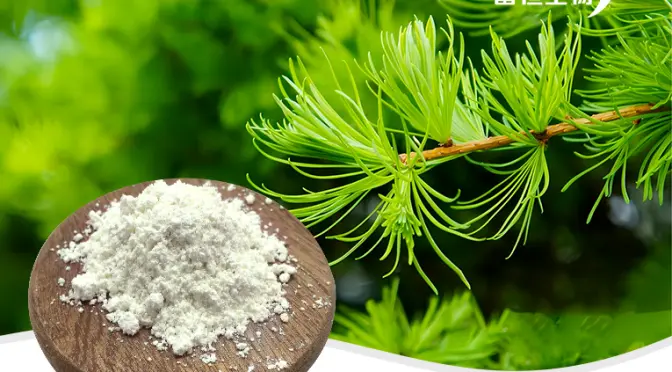
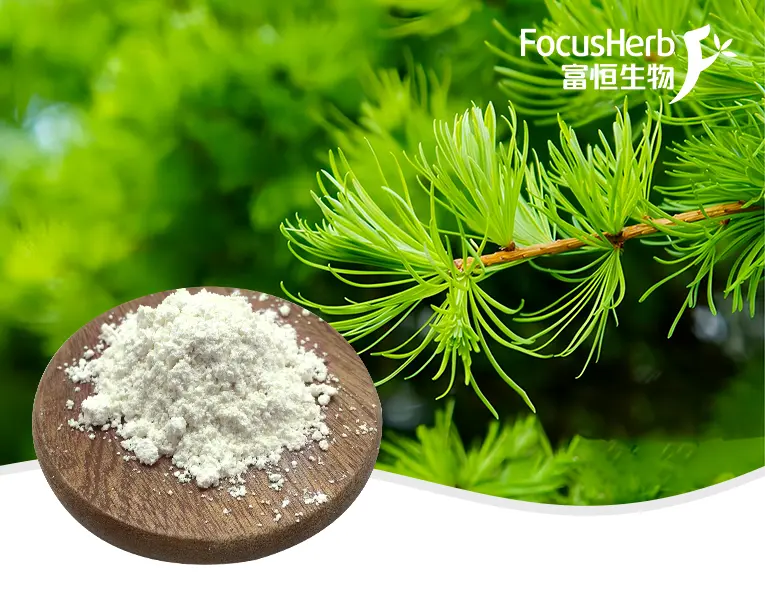
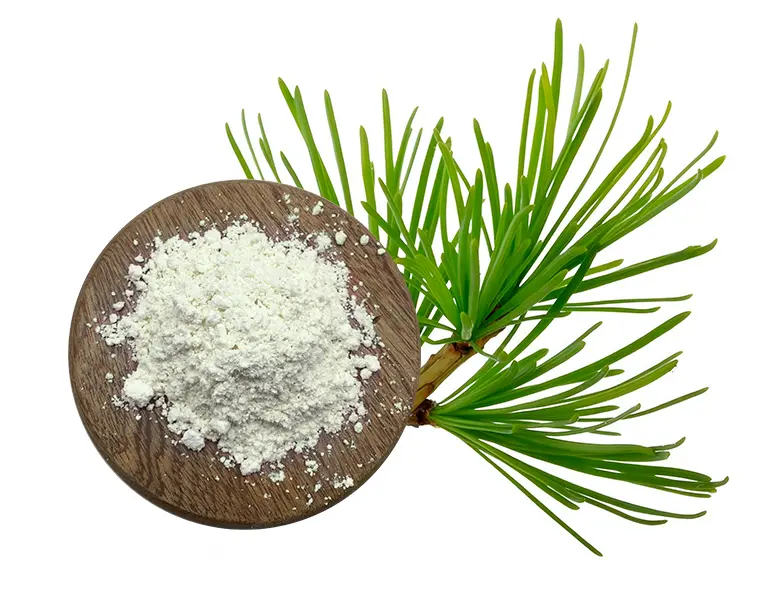 Dihydroquercetin’s Evidence-Based Anti-Aging Effects: Multi-Dimensional Validation from the Laboratory to the Clinic
Dihydroquercetin’s Evidence-Based Anti-Aging Effects: Multi-Dimensional Validation from the Laboratory to the Clinic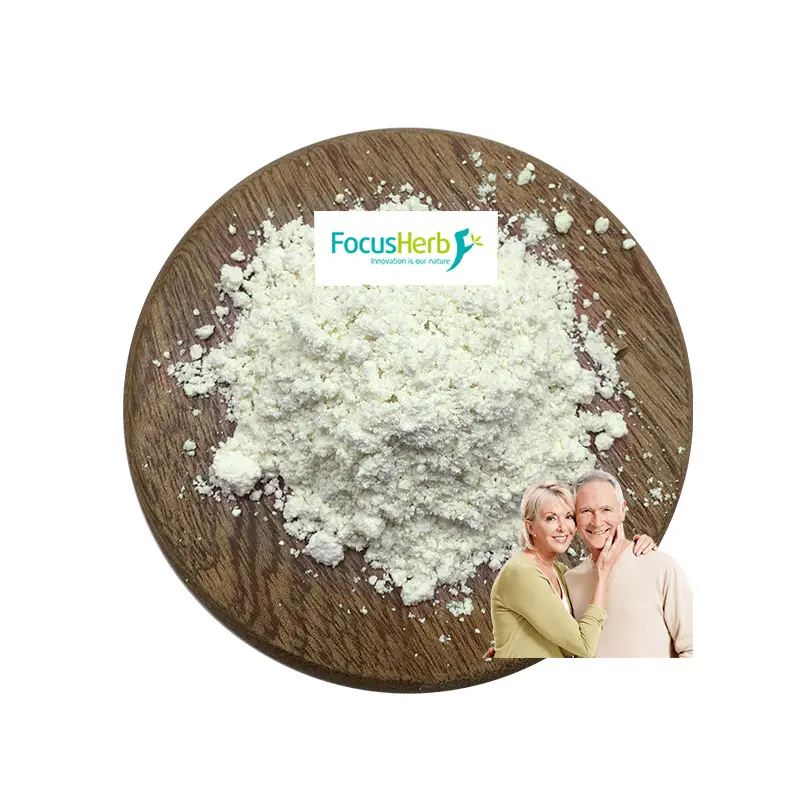
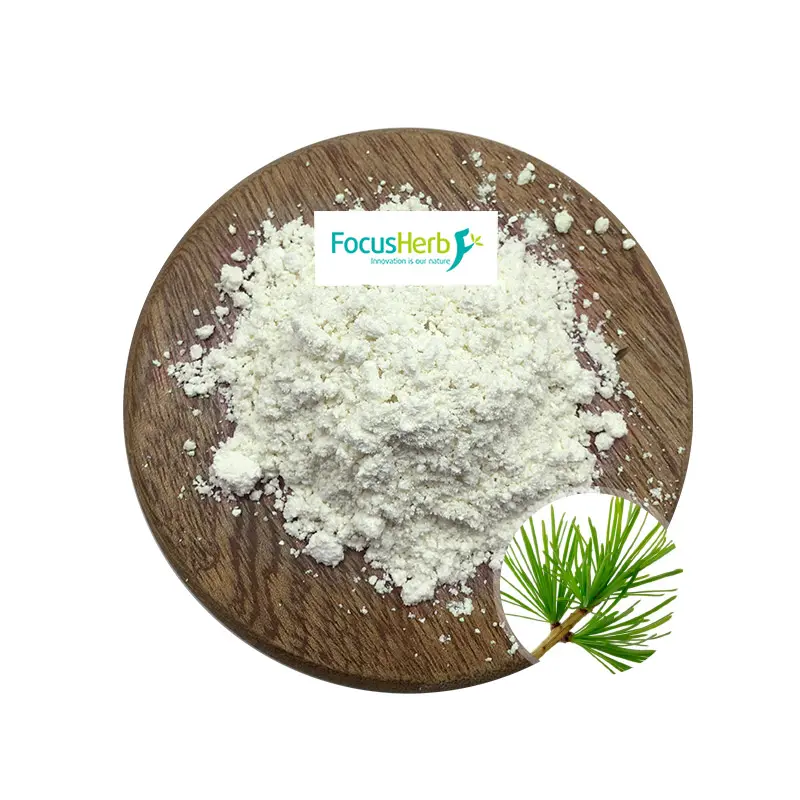
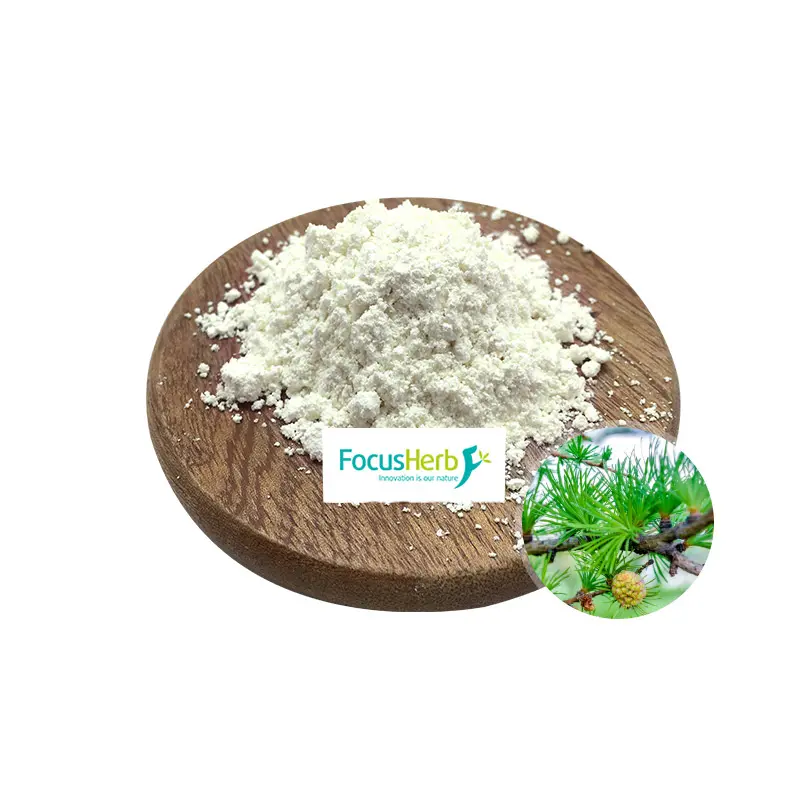
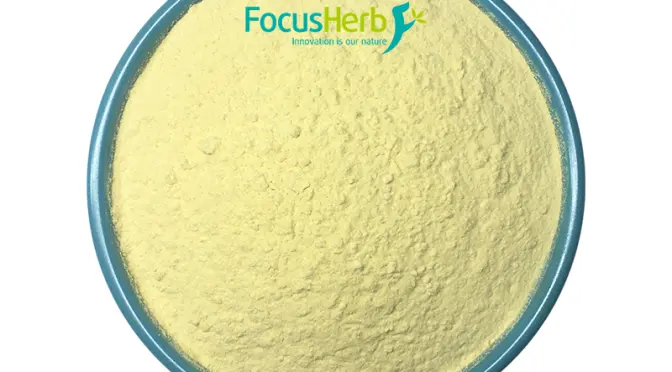
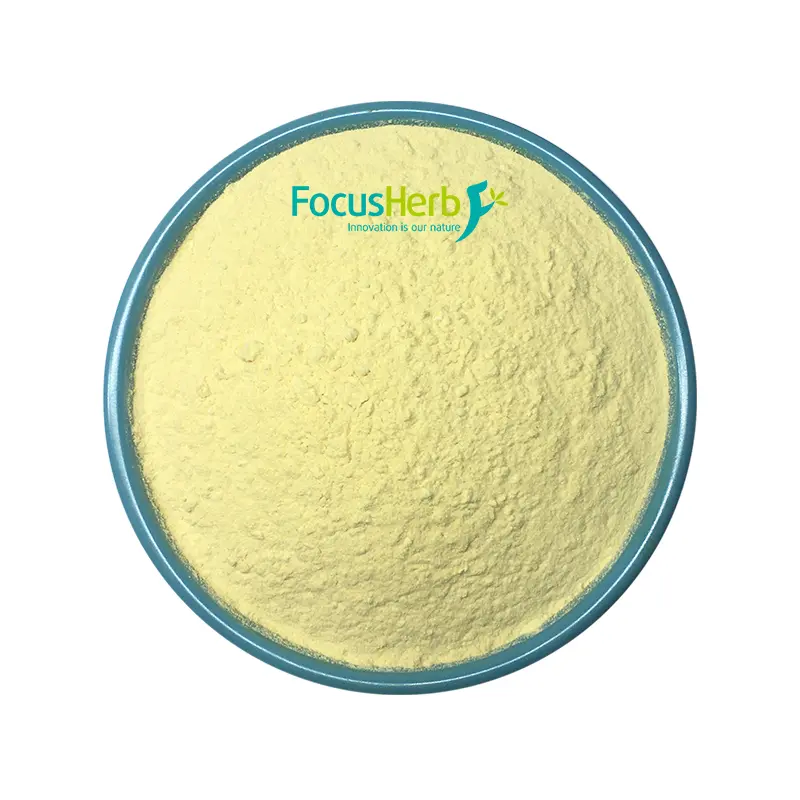
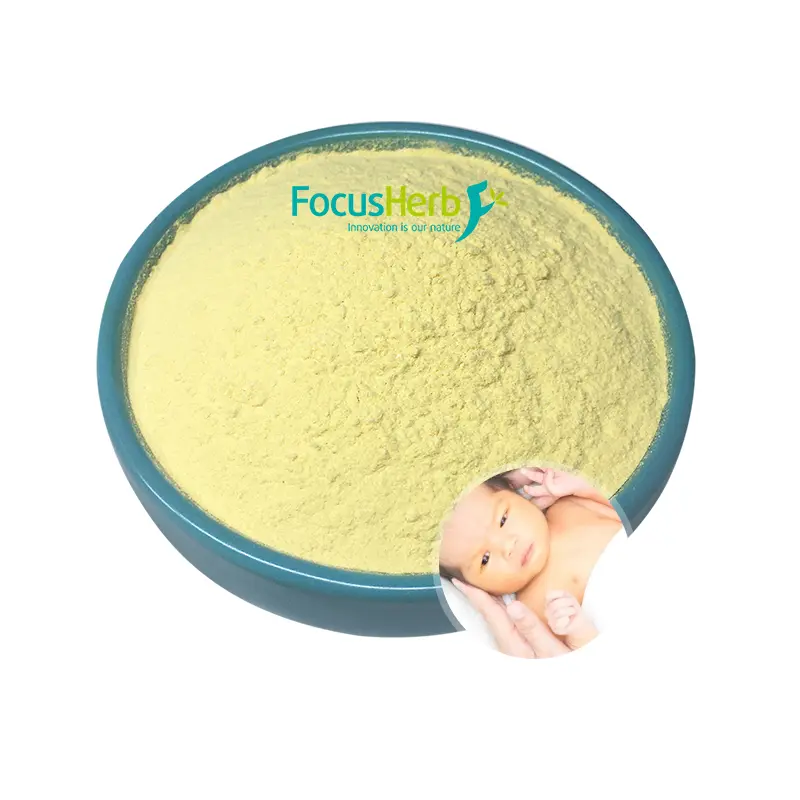
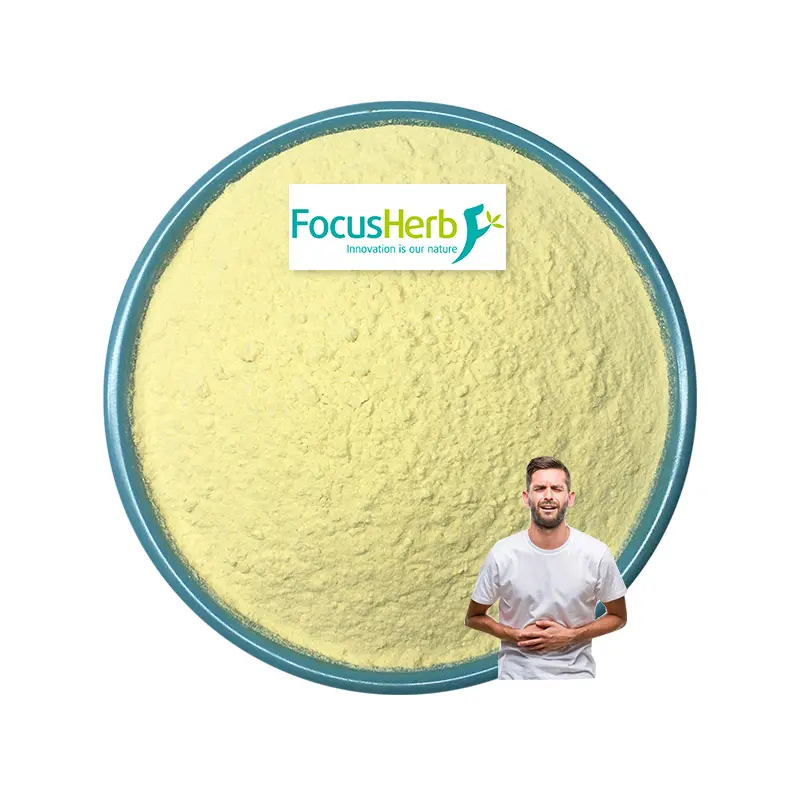
 Cutting-Edge Research and Future Outlook
Cutting-Edge Research and Future Outlook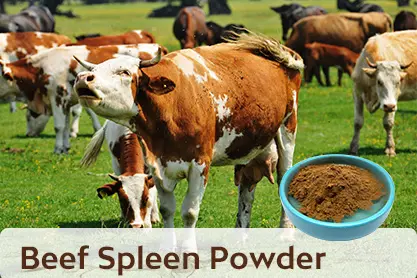
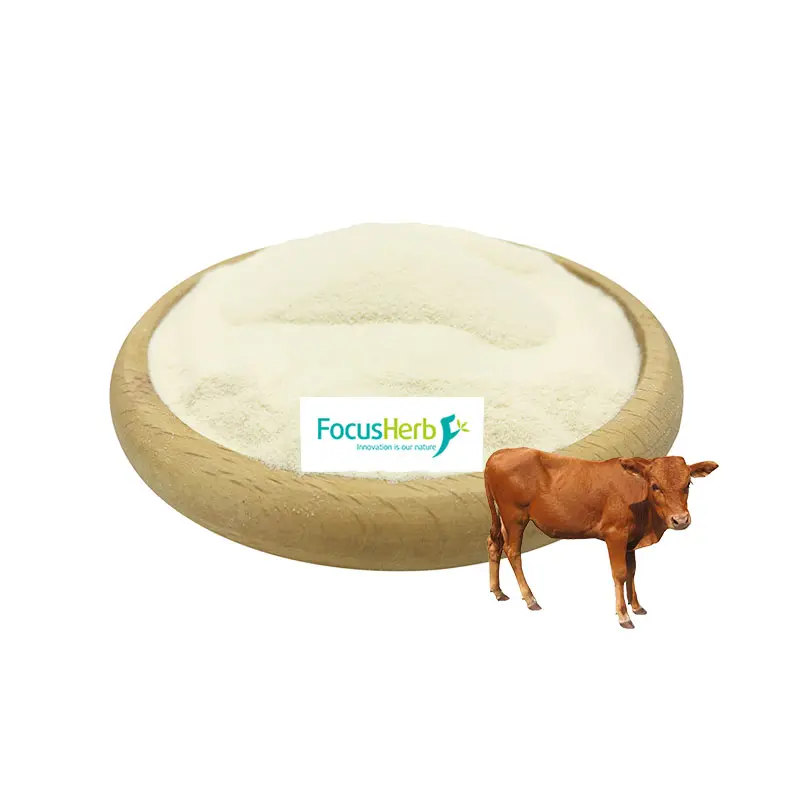
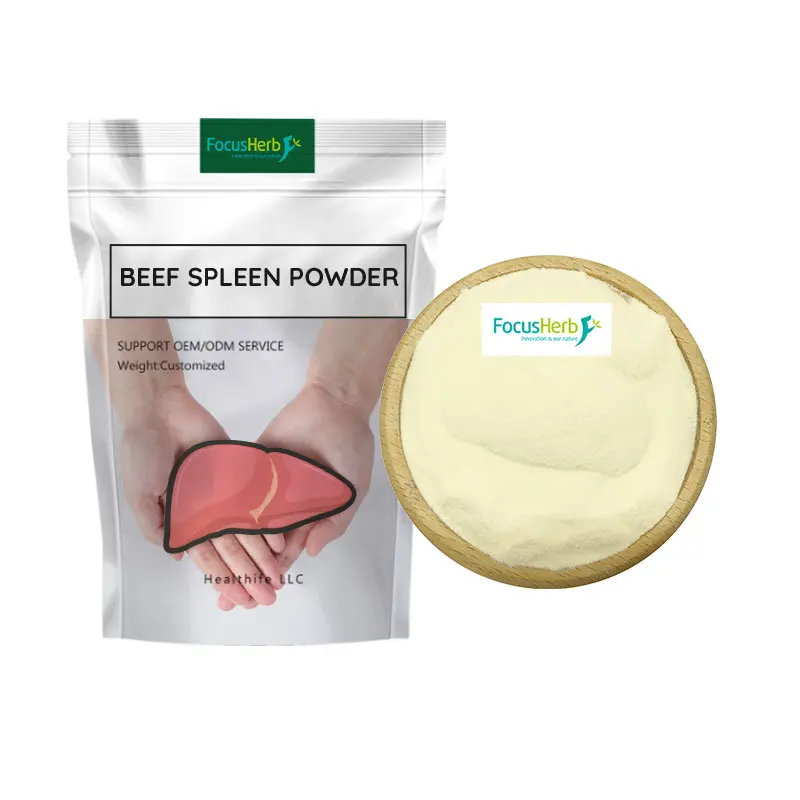
 Research Progress and Industry Outlook
Research Progress and Industry Outlook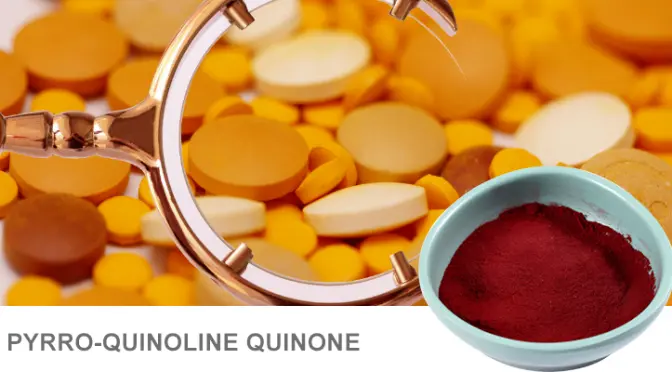
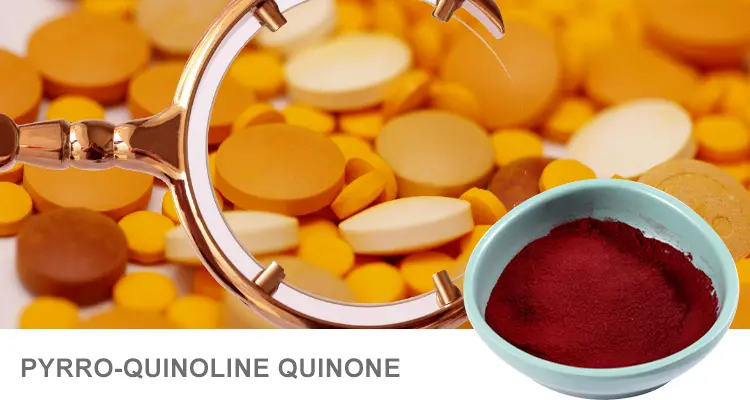
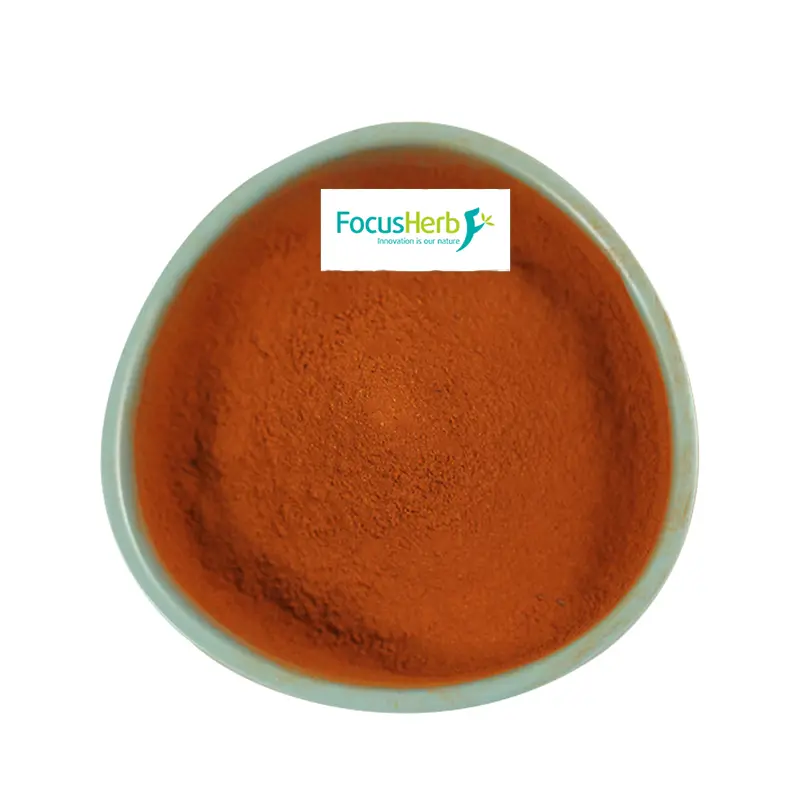
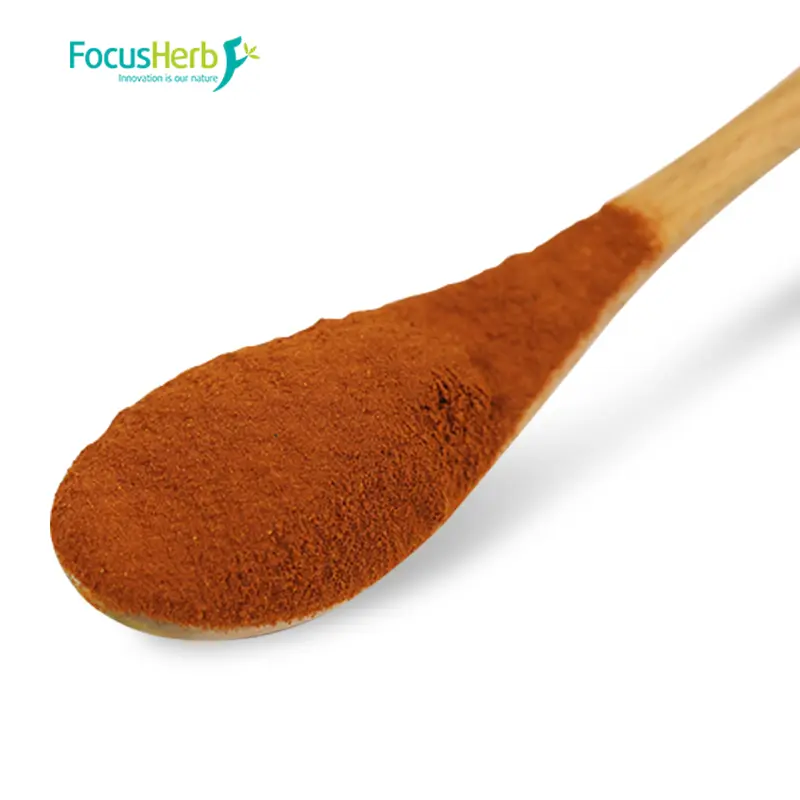
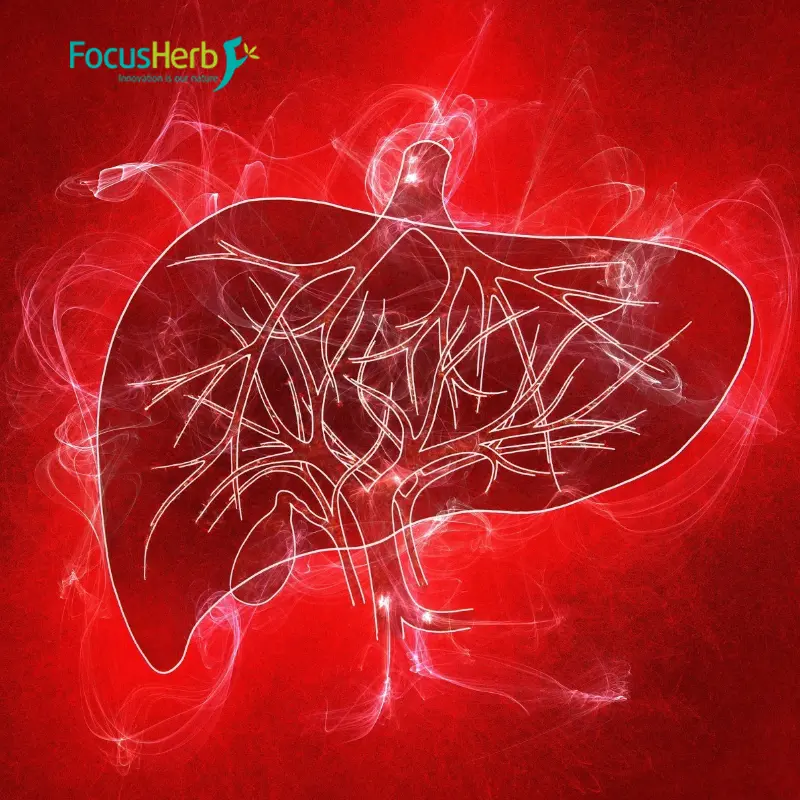
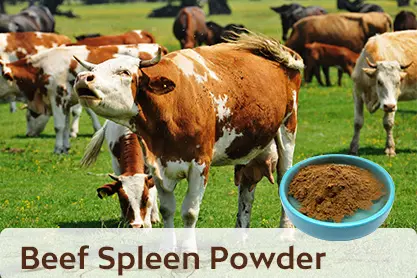
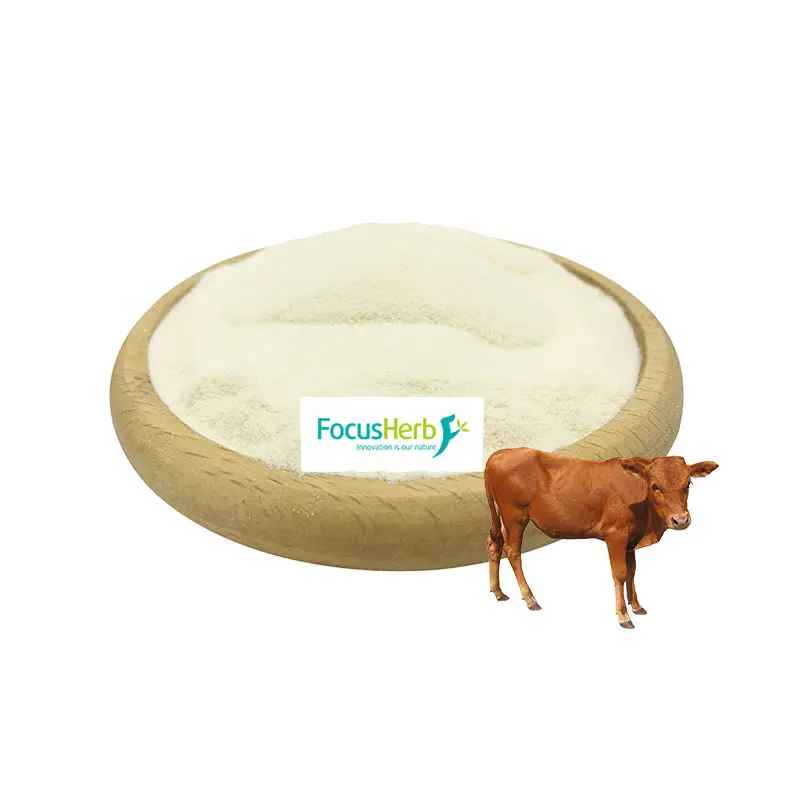
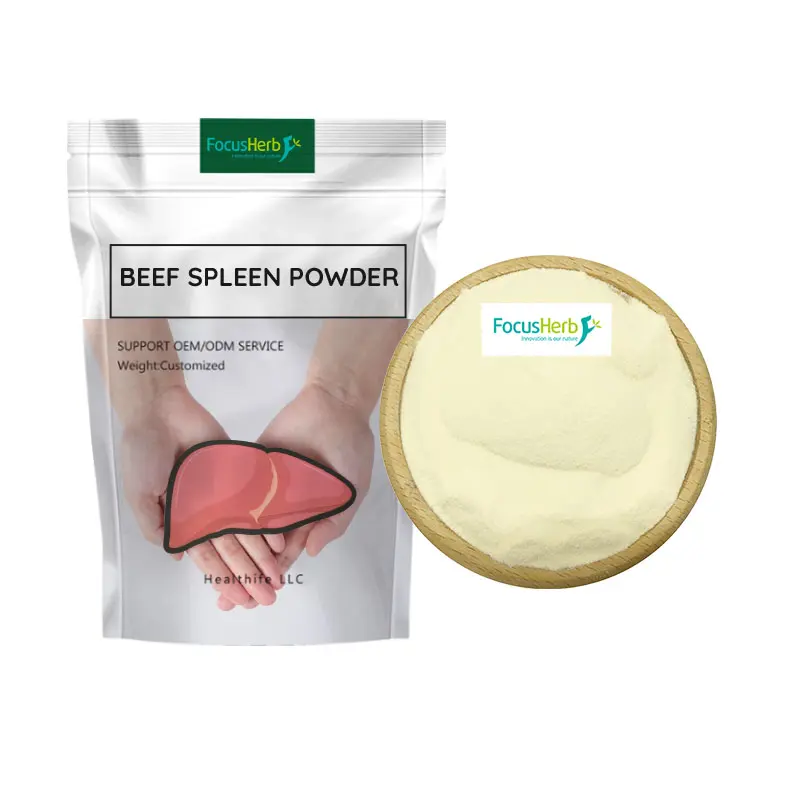

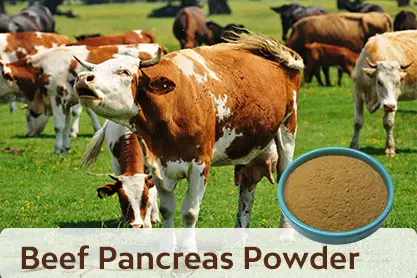
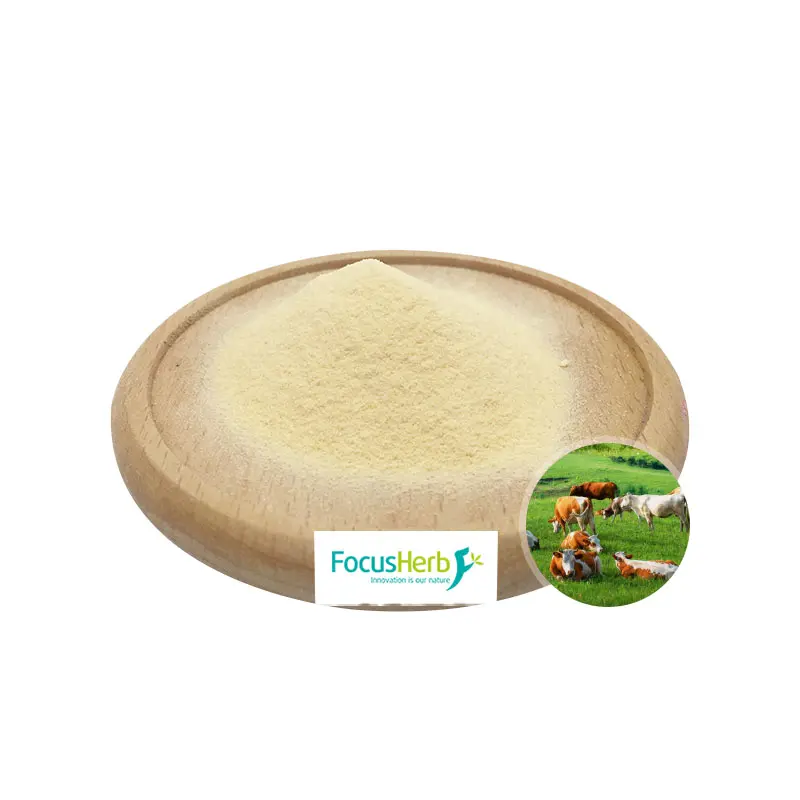
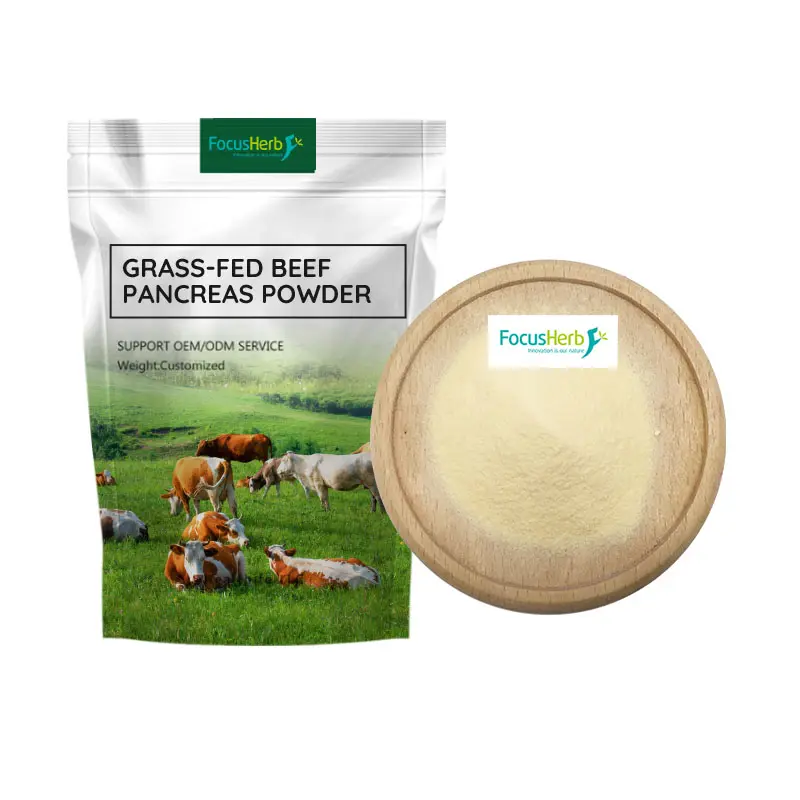

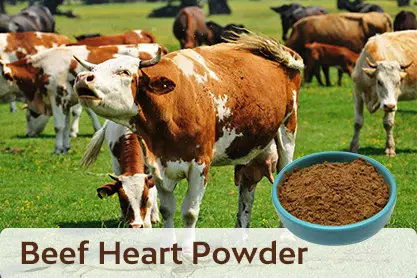
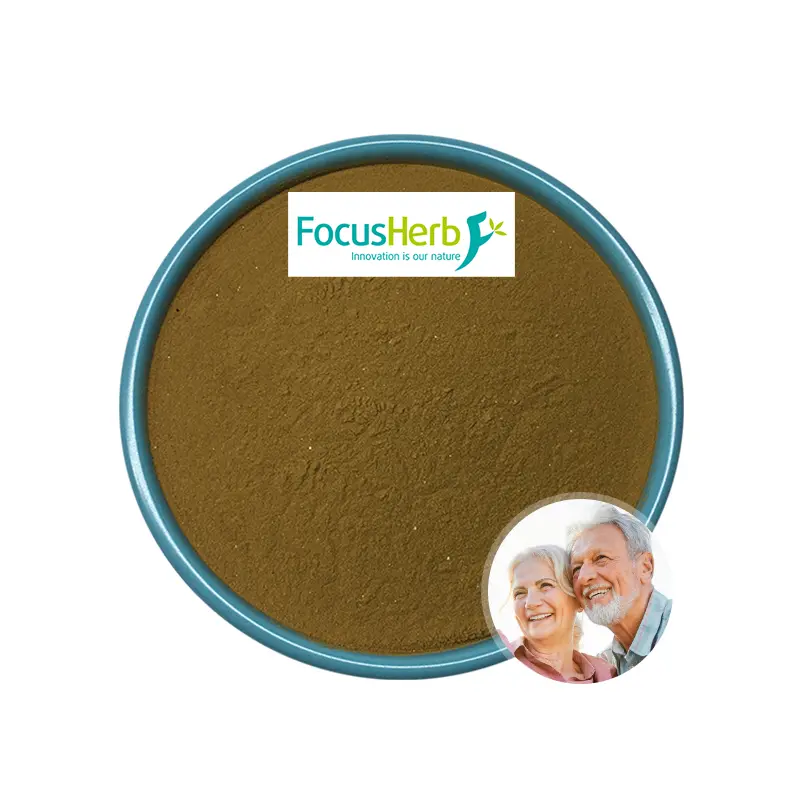
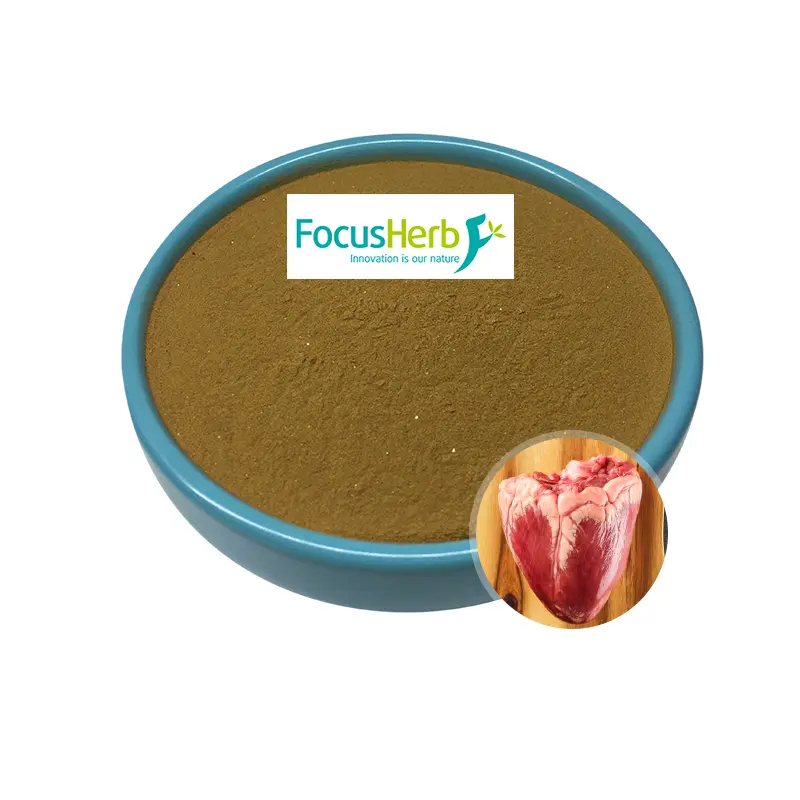

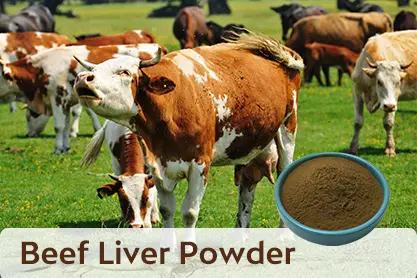
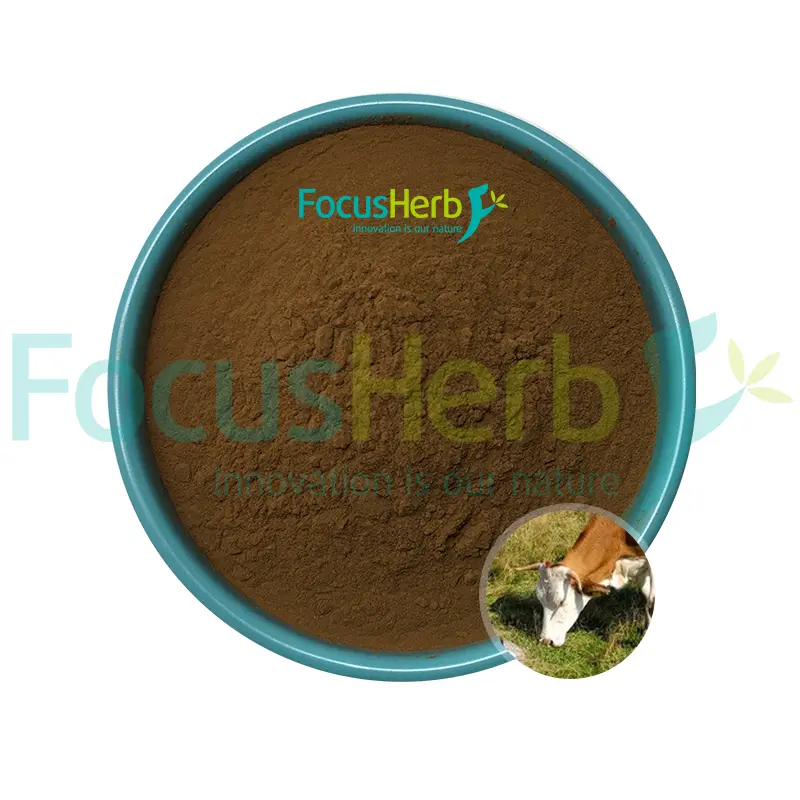
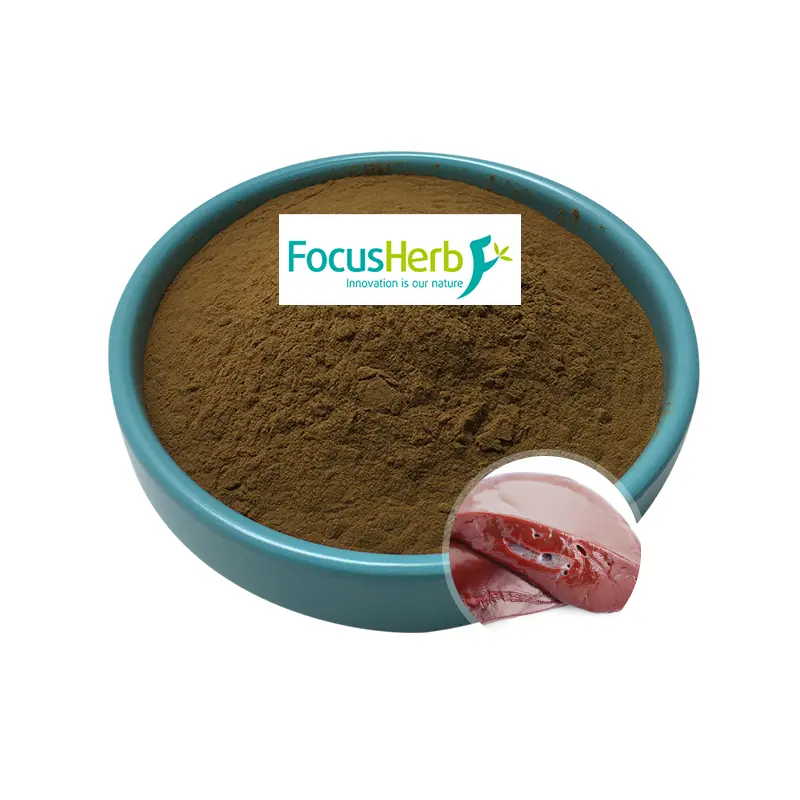
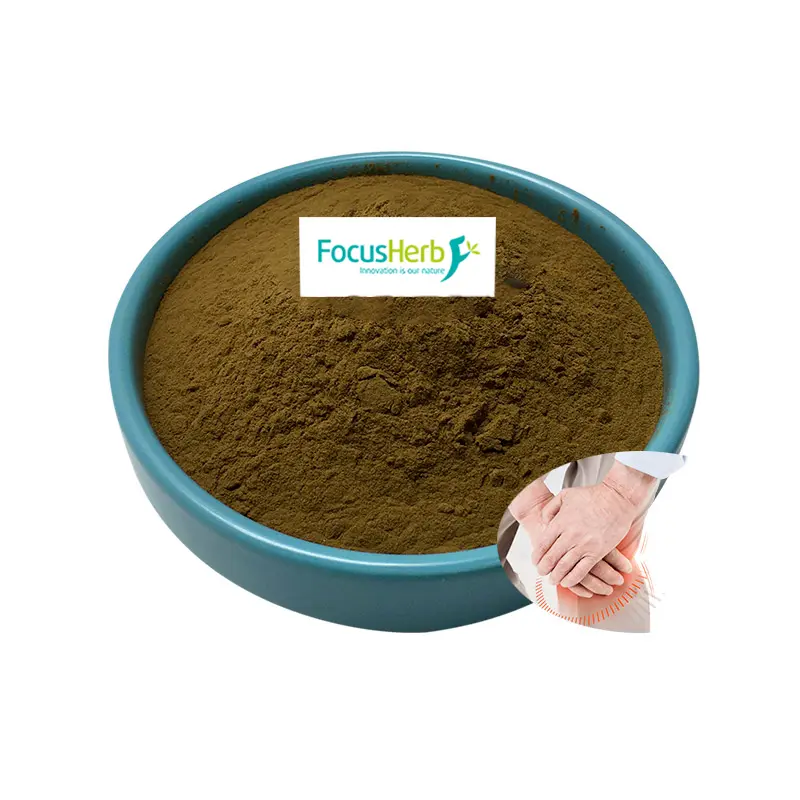
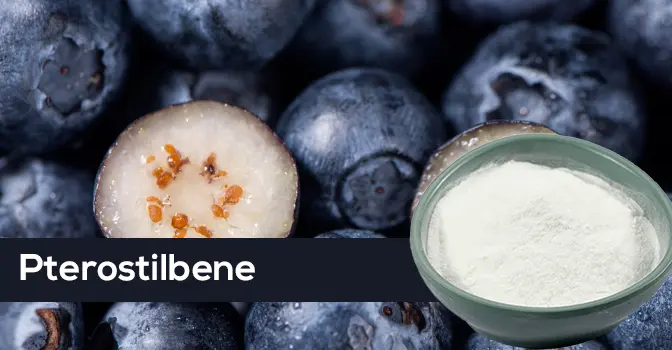
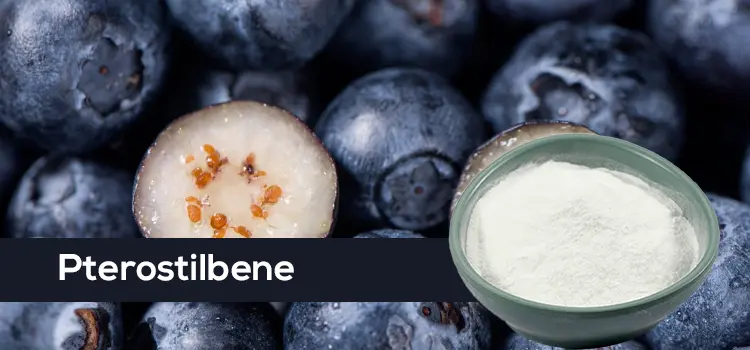 Core Chemical Properties and Basis of Action
Core Chemical Properties and Basis of Action